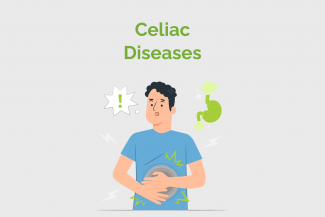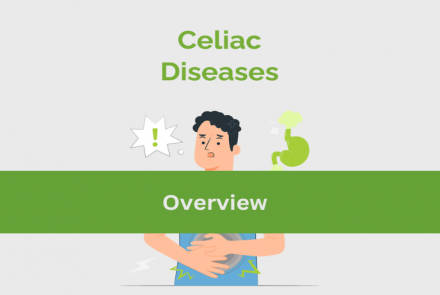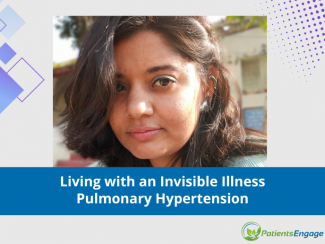Also known as celiac sprue or gluten sensitive enteropathy. This is a digestive and autoimmune disorder that causes damage to the lining of the small intestine when foods with gluten are eaten.
About 1 in 100 people suffer from this condition.

Doctors often use Modified Marsh classification based on histopathology to understand various levels of intestinal damage identified in biopsy.
- Stage 0 – Pre infiltrative mucosa considered as normal.
- Stage 1 – Increase in the number of intraepithelial lymphocytes (IELS) to more than 25 per 100 electrolytes with a normal crypt/villi ratio.
- Stage 2 – In addition to the increased IELS, there is an increase in crypt depth without a reduction in villus height. This is known as crypt hyperplasia.
- Stage 3 – Villous effacement. It means the villi become flattened or shortened which reduces the nutrient absorption and result in vomiting or diarrhea. This is considered as classic celiac disease lesion.
Note – crypts are the depression found in the intestinal lining which plays an important role in the production of intestinal cells, maintains the integrity and function of intestinal lining.
Celiac disease is often based on clinical presentation and severity:
- Classic – Gastrointestinal symptoms such as diarrhoea, vomiting, foul smelling poop, abdominal pain and weight loss are experienced.
- Non classic – Individual may experience non gastrointestinal signs and symptoms such as anaemia, migraine, vitamin deficiency, anxiety, fatigue etc.
- Silent – There is internal intestinal damage without any symptoms experienced.
- Refractory – A severe type of condition where symptoms persist even when sticking to a strict gluten free diet.
- Dermatitis herpetiformis – This is a clinical presentation of itchy blisters or rashes on the skinclosely associated with celiac disease. This condition can be improved with gluten free diet.
Changed
24/Apr/2024
Condition











